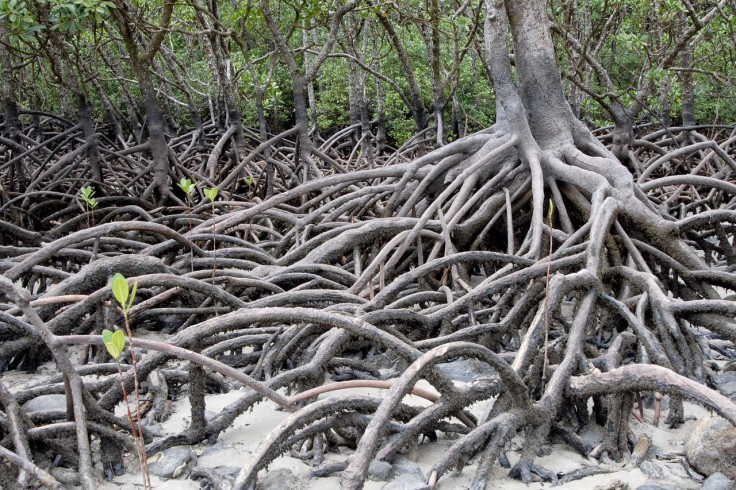Storm Surge And Ponding: How Hurricane Irma Really Killed Mangroves
KEY POINTS
- Researchers had a look at Florida's mangroves before and after Hurricane Irma
- Some parts of the mangrove forests recovered but others ended up dying
- It was the trapped saltwater that caused the mangrove die-off, not the wind, the researchers say
Hurricane Irma damaged mangrove forests when it battered southern Florida in 2017. A team of researchers has now found that it wasn't the powerful winds that significantly damaged the important mangrove forests, but trapped saltwater.
A team of researchers had been studying mangrove forests even before Hurricane Irma hit the area, NASA said in its latest feature. The goal was to document how mangrove forests grow and change. But after Hurricane Irma passed over their study sites, the team got a chance to see how the hurricane had impacted the mangroves.
In a recent study, published in Nature Communications, the researchers presented before and after snapshots of the mangroves using airborne lidar and satellite imagery.
They found that Hurricane Irma caused canopy damage in about 62% of the mangroves in southwest Florida. However, about 83% of the mangrove forests damaged during the hurricane had recovered within a year, while the rest ultimately died. According to the researchers, the mangroves on "well-drained" sites recovered, while the ones in areas where the salty seawater remained trapped weren't able to recover.
In fact, the researchers found that Hurricane Irma destroyed over 10,000 hectares of mangrove forests – about the size of 24,700 football fields – in southwestern Florida. Most of the damages were in areas where the salty water that came in during the hurricane didn't drain, thereby submerging the mangroves for months.
"Our results indicated that storm surge and ponding caused dieback, not wind," the researchers wrote.
"The wind is doing damage, but the nail in the coffin is storm surge," one of the study's authors, David Lagomasino of East Caroline University's Outer Banks Campus, said in the NASA feature.
The results of the study may benefit future efforts to prevent mangrove deaths, for instance by improving water flow or flushing them with fresh water after a hurricane, NASA said. Unfortunately, such problems may "likely" get worse in the future because of climate change. This is rather concerning given the important role that mangroves play in stabilizing coastlines and providing food and shelter for many organisms.
"What we're seeing is that more and more of the mangroves aren't able to recover, and that's what's scary," study co-author Lola Fatoyinbo, of NASA's Goddard Space Flight Center, said. "Even though mangroves are so tolerant of these extreme conditions, they're still really vulnerable."

© Copyright IBTimes 2024. All rights reserved.






















